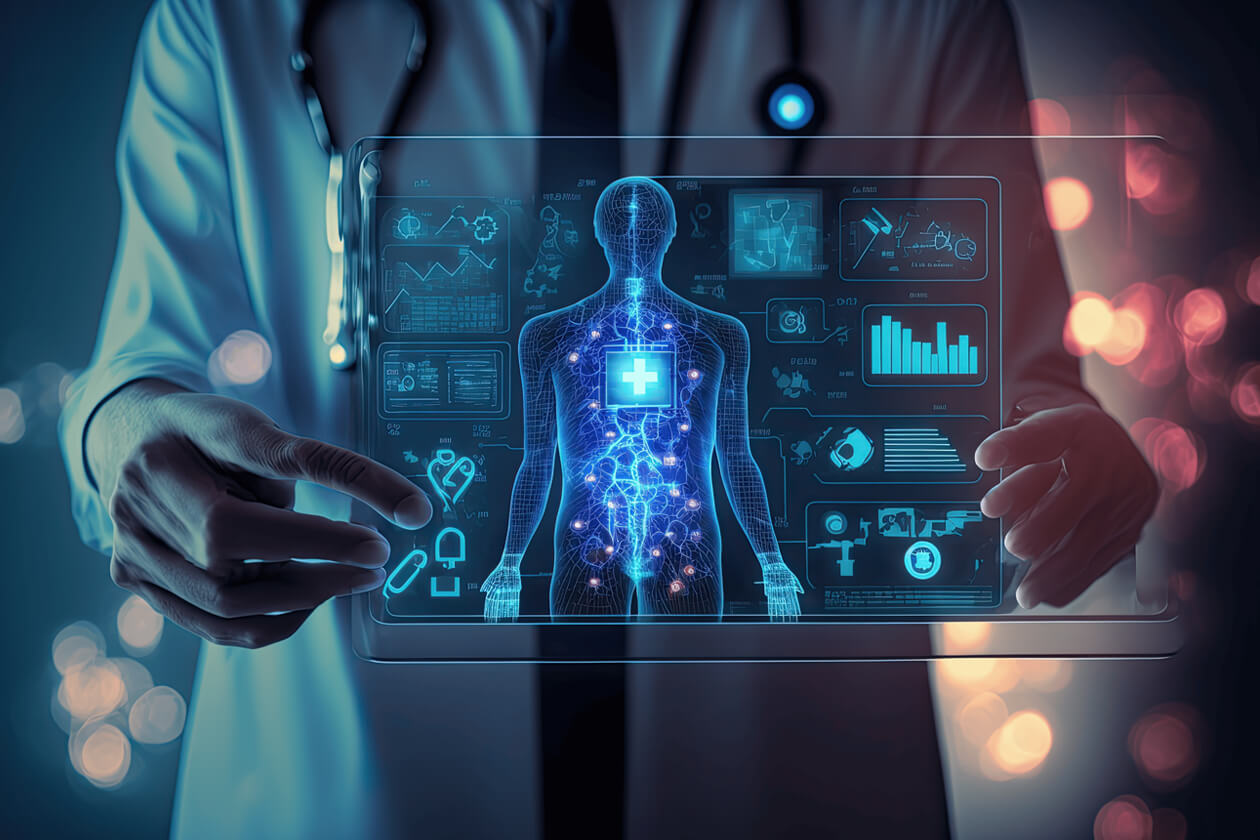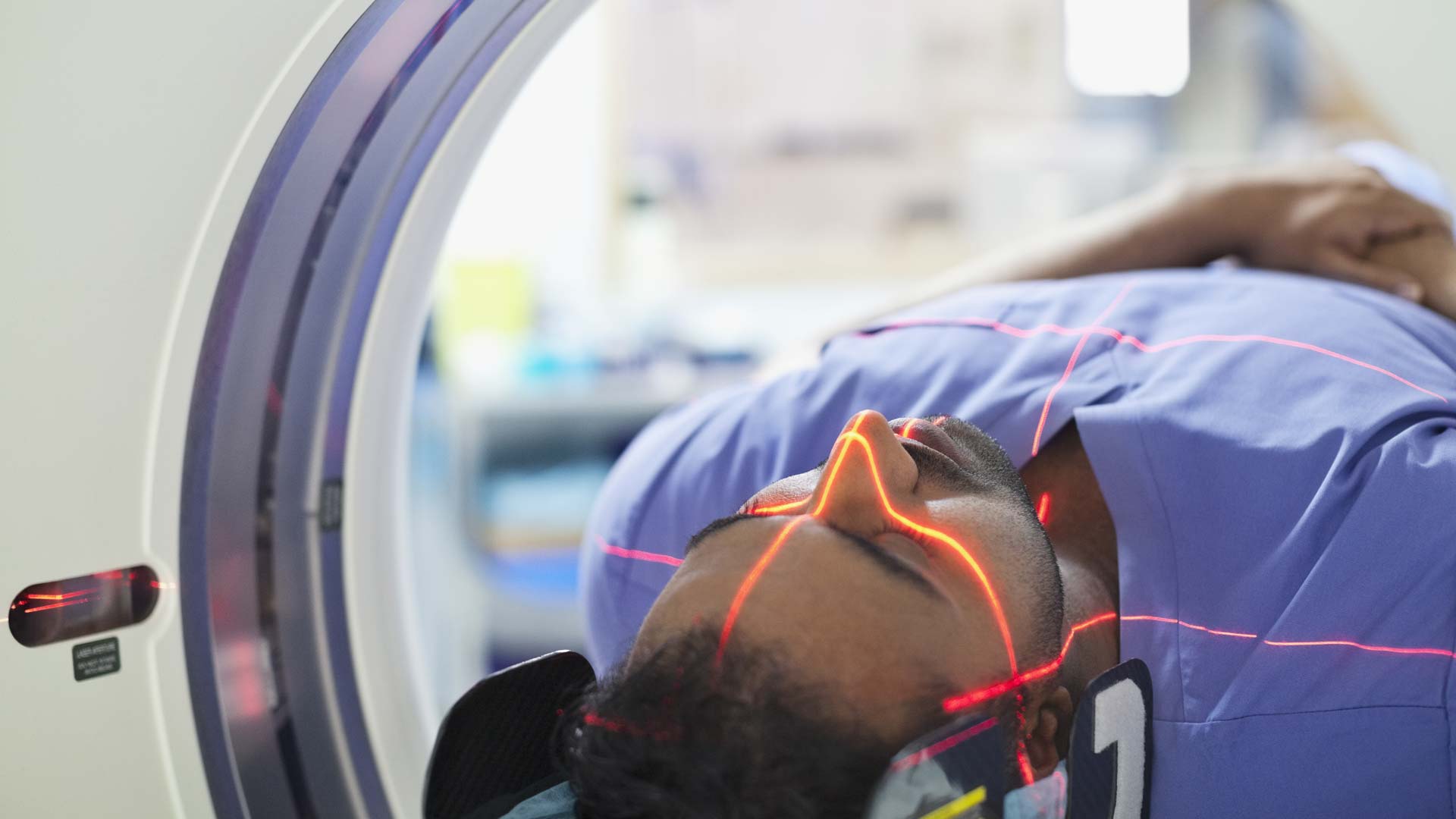Healthcare has always been one of the most rapidly evolving fields, but in the last two decades, its pace of transformation has accelerated dramatically. Technological innovations, medical research breakthroughs, and improved public awareness have reshaped how we prevent, diagnose, and treat diseases. From artificial intelligence–driven diagnostics to precision medicine and telehealth, the future of medicine is not just about curing illness—it’s about predicting and preventing it.
This article explores the key advancements shaping modern healthcare and what they mean for patients, providers, and society at large.
1. Precision Medicine: Tailoring Treatment to the Individual
Traditionally, medical treatment has followed a “one-size-fits-all” approach—patients with the same condition often receive the same treatment plan. However, individual differences in genetics, environment, and lifestyle mean that one treatment might work well for one patient and poorly for another.
Precision medicine uses genetic profiling, biomarkers, and other data to design personalized treatment plans. This approach is already revolutionizing cancer care, where tumor DNA analysis helps oncologists select targeted therapies that attack only cancer cells while sparing healthy tissue.
The benefits are clear: fewer side effects, better outcomes, and more efficient use of healthcare resources. As genetic testing becomes more affordable, precision medicine will become a standard part of care for a wide range of diseases.
2. Artificial Intelligence in Diagnosis and Decision-Making
Artificial intelligence (AI) is no longer a futuristic concept in healthcare—it’s here and making a difference. AI algorithms can analyze medical images, pathology slides, and patient records faster and sometimes more accurately than human experts.

For example:
-
Radiology: AI systems can detect early-stage cancers on mammograms or CT scans that may be missed by the human eye.
-
Pathology: Machine learning models assist in identifying abnormal cells and classifying diseases.
-
Predictive Analytics: AI can flag high-risk patients based on electronic health records, enabling earlier interventions.
AI is not replacing doctors, but it’s becoming an essential decision-support tool, helping healthcare professionals make more accurate and timely diagnoses.
3. Telemedicine: Breaking Down Barriers to Care
The COVID-19 pandemic pushed telemedicine into the mainstream. Video consultations, remote monitoring, and online prescription services have made healthcare more accessible, particularly for patients in rural or underserved areas.
Telemedicine offers several advantages:
-
Convenience: Patients can consult doctors without traveling long distances.
-
Safety: Reduced exposure to contagious diseases in clinics and hospitals.
-
Continuity: Chronic disease management is easier with regular virtual check-ins.
Looking ahead, wearable devices such as smartwatches and home diagnostic kits will integrate with telehealth platforms, allowing real-time monitoring of blood pressure, glucose levels, heart rhythm, and more.
4. Genomics and Gene Therapy: Editing the Blueprint of Life
The mapping of the human genome in 2003 was a turning point for medicine. Today, scientists can not only read our genetic code but also edit it using tools like CRISPR-Cas9.
Gene therapy aims to correct defective genes responsible for disease. Inherited conditions such as spinal muscular atrophy and certain types of blindness have already seen successful treatments. Researchers are also exploring gene-editing techniques for conditions like sickle cell anemia, cystic fibrosis, and even some cancers.
While ethical concerns remain—especially around germline editing—the potential for curing genetic diseases is immense. As techniques become safer and more precise, gene therapy could shift medicine from treating symptoms to permanently eliminating root causes.
5. Regenerative Medicine and Stem Cell Therapies
Regenerative medicine focuses on repairing or replacing damaged tissues and organs. Stem cell therapy is one of the most promising areas, with potential applications in spinal cord injury repair, heart disease recovery, and treating neurodegenerative conditions like Parkinson’s.
Researchers are also working on bioengineering organs using 3D printing and patient-derived cells. This could solve the chronic shortage of donor organs and eliminate issues of immune rejection.
Although still in early stages for many applications, regenerative medicine offers a glimpse into a future where the body can heal itself more effectively.
6. The Role of Big Data and Predictive Analytics
Healthcare systems are producing massive amounts of data—from electronic medical records and genetic profiles to wearable device metrics. Big data analytics allows researchers and clinicians to identify patterns, predict outbreaks, and improve treatment strategies.
For example, predictive analytics can:
-
Forecast patient readmissions, allowing hospitals to intervene early.
-
Identify correlations between lifestyle factors and disease risk.
-
Optimize hospital staffing and resource allocation.
By combining big data with AI, healthcare providers can move toward preventive medicine rather than reactive care.
7. Robotics in Surgery and Rehabilitation
Robotic surgery systems, such as the da Vinci Surgical System, allow surgeons to perform minimally invasive procedures with enhanced precision and reduced recovery times. These systems translate the surgeon’s hand movements into smaller, more accurate motions inside the patient’s body.
In rehabilitation, robotic exoskeletons help patients regain mobility after strokes or spinal cord injuries. These devices provide physical support and repetitive motion training, stimulating muscle recovery and neural adaptation.
8. Mental Health Innovations
Mental health care is benefiting from digital tools and increased public awareness. Smartphone apps now offer therapy chatbots, meditation guides, and mood tracking. Virtual reality is being used in exposure therapy for phobias and PTSD, allowing patients to face fears in a controlled, safe environment.
The integration of mental health into primary care is also improving early detection and intervention. By breaking the stigma and expanding access to services, technology is helping to address one of the most pressing health challenges of our time.
9. Ethical and Privacy Considerations
While medical technology offers enormous benefits, it also raises significant ethical and privacy concerns. Storing and sharing health data requires strict cybersecurity measures to protect patient confidentiality. AI decision-making must remain transparent, and bias in algorithms needs to be addressed to prevent unequal treatment outcomes.
Furthermore, access to advanced treatments like gene therapy and precision medicine must be equitable—otherwise, technology could widen healthcare disparities instead of reducing them.

Conclusion
The future of healthcare is exciting, promising a shift from treating illness to predicting and preventing it. Advances in precision medicine, AI diagnostics, telehealth, genomics, regenerative medicine, and robotics are already transforming patient care.
However, with innovation comes responsibility. Ethical oversight, data privacy, and equitable access will be critical in ensuring that these advancements benefit everyone. If we balance innovation with compassion and inclusivity, the next generation of medicine could not only extend life but also dramatically improve its quality.
Healthcare is no longer confined to hospital walls—it’s becoming personalized, proactive, and powered by technology. The challenge now is to ensure that the future of medicine is as humane as it is high-tech.

